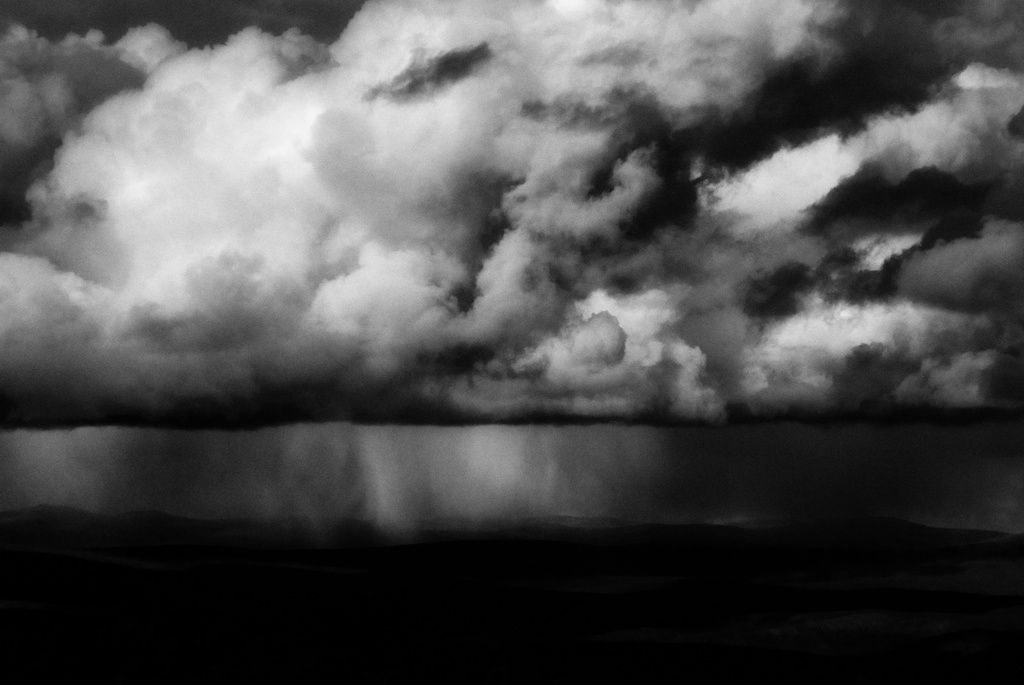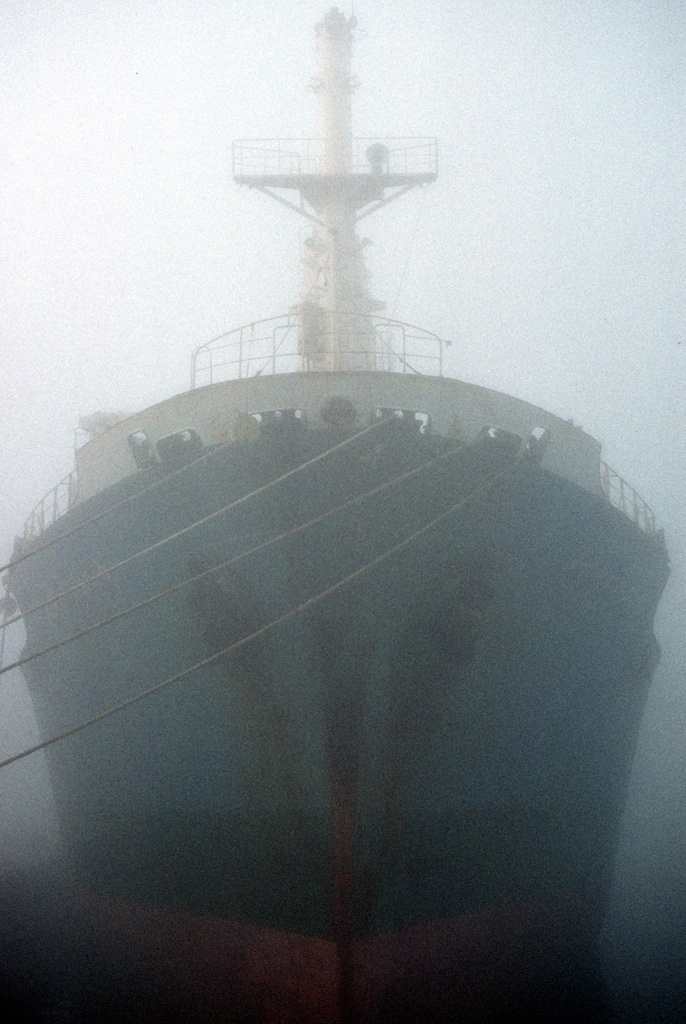
Noise, Noise, Noise!
As photographers we hear about and discuss ‘noise’ quite a bit. For you photography newbies, digital noise is equivalent to what we used to call ‘grain’ in film days.
By now my readers know that I’m not one to waste a lot of space on highly technical explanations. If you want to understand noise or grain at a technical level, there are some fine resources out there. Just start by Googling the terms “film grain” and “digital camera noise” or “digital sensor noise” and you’ll soon be an expert (or intolerably bored). You might also try my associate, Bob Boyer’s, blog where he regularly waxes highly technical on weighty issues like digital noise, color balance and other issues (http://photo.rwboyer.com/). Suffice it to say that digital noise gives an image a grainy look and shows up most noticeably in the shadow areas of an image. Most people would consider the look distracting at best.
Noise will begin to appear in an image when you raise the ISO, usually above 800, depending on the quality of the camera sensor and whether or not the image contains lots of shadow areas. I, myself, rarely shoot at 800, since I most often shoot landscapes and I try to shoot at ISO 200 or below to minimize noise. The “native” ISO of most modern DSLR cameras is around 100-200, meaning that their sensors are optimized for that ISO, so it’s usually a good bet to stick with that ISO number for images where fine detail is paramount.
Here’s the problem; if the light is poor, to stay at ISO 200 you would need to hand-hold the camera at a shutter speed that might cause blurring due to hand shake. As I’ve gotten older, I can no longer hand-hold any slower than 1/30 of a second depending, of course, on the weight of the lens I’m using. So, what many photographers do is simply increase the ISO to compensate. For example, let’s say I’m shooting an old factory building in Baltimore, the nearest city to where I live, on an overcast day. I want good depth of field, so I’m going to shoot at f16 and I’m on ISO 200. My camera tells me that with the lens I’m using, I need to shoot at 1/15 of a second. Not good for me. So I up my ISO to 400. Now I can shoot at 1/30. If I up it to ISO 800, I can shoot at 1/60. Great.
But wait. At ISO 800, the shadow areas of the building are showing up on my LCD screen a bit grainy. What I usually choose to do is use a tripod, eliminating hand shake and allowing me to shoot at 1/15. But, I don’t have a tripod with me. What do I do?
The answer may very well be: do nothing. Go ahead and shoot at ISO 800. Shoot at 1600. Shoot at 3200. The point here is that digital noise, by itself, is not good or bad. It is a tool in your photographic toolbox. In this case you may very well want to emphasize noise, creating a dark, moody, gritty interpretation of the scene.

I remember when I was training as a cub reporter and purchased my very first Nikon camera. I practiced all the time, since I could use the paper’s darkroom for free on my own time. I would watch some of the veteran photojournalists pull a photo from the soup, almost always a crisp, clean shot. But then one of the men (they were all men in those days) was on assignment for a story on inner city crime. He pulled out a photo that had me spellbound. The image of the darkened street was underexposed. The drug dealer leaning against the corner lamppost was in shadow. The scene was full of grain. Its grittiness perfectly captured the feel of the dangerous street underworld.
Give yourself permission to experiment with noise, even if you are a landscape photographer. Up the ISO, especially on dark, brooding days when you might be prone to pack up and wait for sunnier conditions. You just might like what you see!
